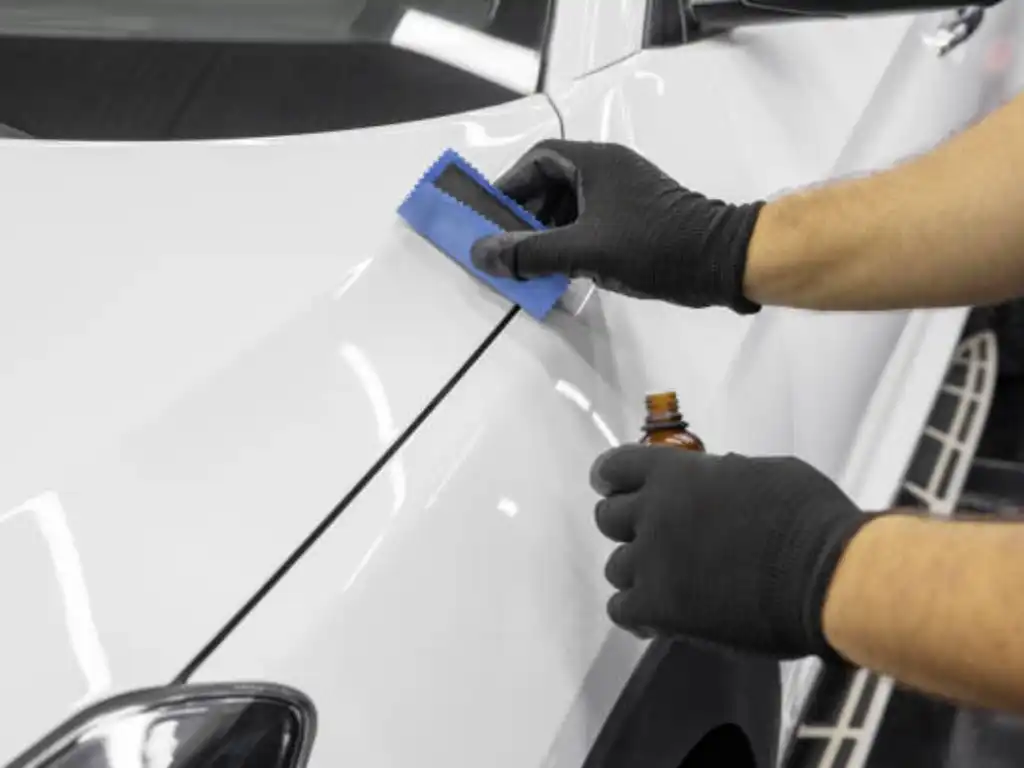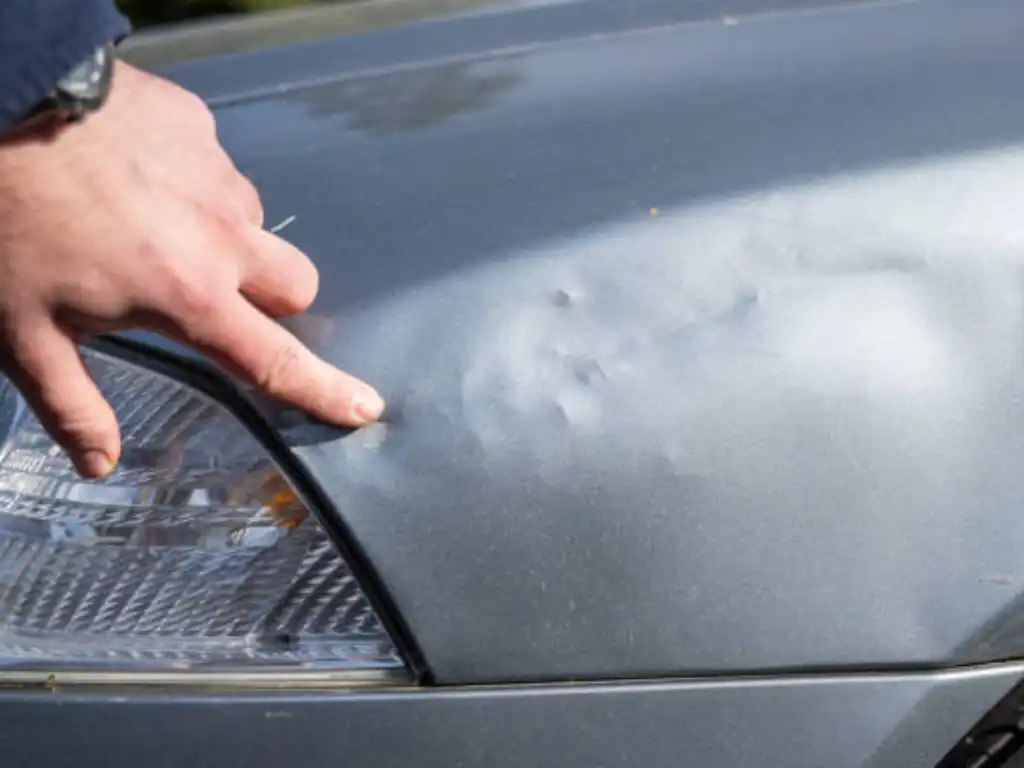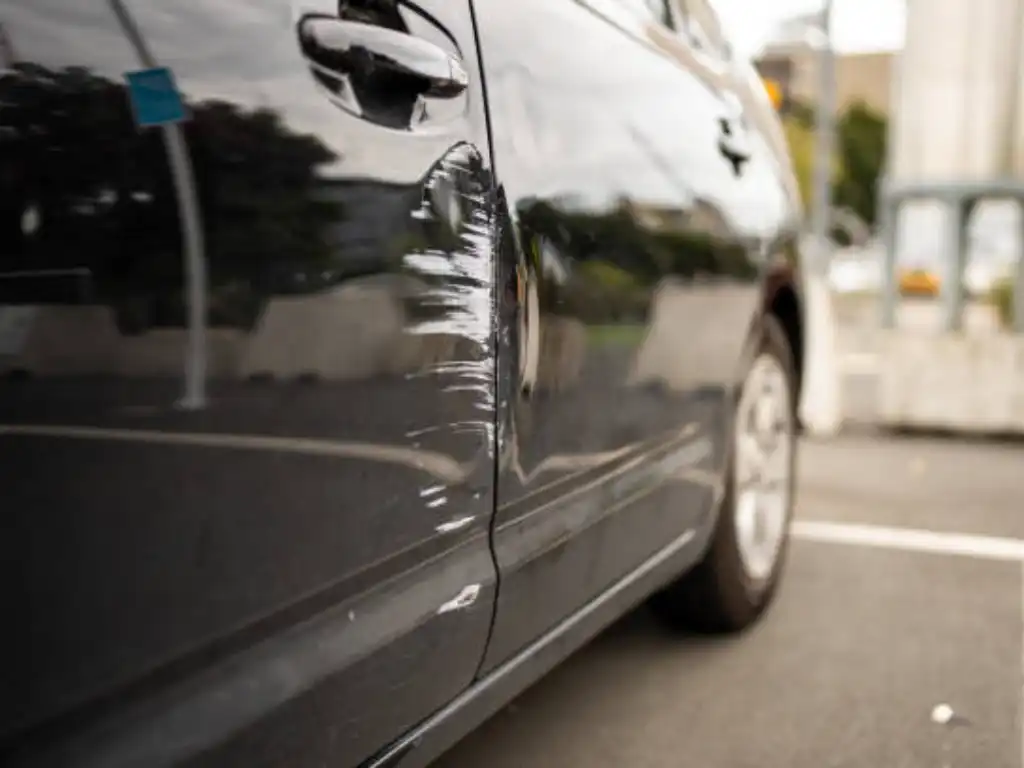Introduction
Car owners often think about the way to keep the vehicle’s exterior neat through giving them a shinier coat. They want to keep their vehicle look as good as the day they bought it for as long as possible. The two most common choices are the Paint Protection Film (PPF) and Ceramic Coating.
While both PPF and Ceramic Coating are unique in their own way, they also have some specific advantages. These are installed to defend the exterior of the vehicle from any damage. This kind of damage can be caused by the environment, for example UV rays of the sun. Another kind of damage is physical, for instance scratches, scuffs, and chips. Even the chemical contaminants can affect the paint job of the car.
In this article we will do a close look at PPF and Ceramic Coating from the expert point of view. We will look into how they work and the advantages they provide. In addition, we will be explaining the critical things that should be put into consideration when selecting between the two for your car.
Through understanding all the ins and outs of PPF and Ceramic Coating, you can make an informed decision for your vehicle. You can choose as per what your car needs and what you would like. This article will guide you on how to understand the options better and pick the right one.
What is Paint Protection Film (PPF)?
Paint Protection Film, often called PPF, clear bra and invisible shield, is a thick, transparent material made from urethane. It is applied directly onto the surface of a car’s paint. This film was initially developed for military use, specifically to protect helicopter blades and other delicate surfaces. Over time, PPF has become a popular product in the automotive industry due to its excellent protective features. It acts as a shield, absorbing impacts from road debris, rock chips, and other forms of wear and tear.
Additionally, PPF helps keep the car’s paint looking new by preventing scratches and swirl marks. It can also repair itself from minor damage like cuts and dings when exposed to heat, usually from sunlight. Furthermore, high-quality PPF products contain UV inhibitors. These additives stop the film from turning yellow over time and provide extra defense against the sun’s damaging rays. This helps maintain the brightness and appearance of the car’s paint job. The thickness and advanced technology of PPF make it a strong choice for those who want substantial protection for their vehicles.
What is Ceramic Coating?
Ceramic Coating is a liquid polymer made from silica-based materials, such as silicon dioxide. It chemically bonds with a vehicle’s original paint to form a strong layer of protection. Unlike Paint Protection Film, which acts as a physical shield, Ceramic Coating protects on a molecular level to enhance the paint’s durability. This coating effectively repels water, dirt, and grime because of its water-repelling (hydrophobic) properties. As a result, it makes the vehicle easier to clean and less prone to stains from common sources like bird droppings and tree sap.
Moreover, Ceramic Coatings offer great protection against UV rays and chemical damage. This helps prevent the paint from fading and becoming dull over time. The outcome is a lasting, shiny finish that not only makes the vehicle look better but also provides a protective layer. While it does not provide the same high level of protection as PPF, Ceramic Coating excels in protecting against environmental elements and simplifying maintenance.

Similarities Between PPF and Ceramic Coating
Both Provide Paint Protection
Both PPF and Ceramic Coating are designed to protect a car’s paint and extend its life by shielding it from various types of damage. Paint Protection Film acts like strong armor, providing a solid defense against physical impacts. These impacts include rock chips, debris from high-speed travel, and minor scratches from daily use. For instance, if you often drive on gravel roads, PPF can protect your vehicle’s paint from the tiny, flying stones that cause nicks and scratches. Additionally, PPF offers resistance to chemicals, which helps safeguard the paint from harmful substances like bird droppings and tree sap.
On the other hand, Ceramic Coating offers less physical protection against impacts but excels in chemical defense. It forms a chemically resistant layer on the surface that protects against corrosive materials such as acid rain, bird droppings, and salty air in coastal areas. This coating is also very effective at blocking UV rays. These rays can oxidize and fade the car’s paint over time. By doing so, Ceramic Coating helps preserve the paint’s color and shine, preventing it from deteriorating and providing a durable layer of protection.
Both Enhance the Appearance of the Vehicle
Both treatments not only protect but also greatly improve the vehicle’s appearance. Paint Protection Film is especially good at keeping the paint underneath it looking new. Depending on the finish you choose (glossy or matte), PPF can either reflect the original paint or give the car a custom appearance while still protecting it. For example, a matte finish PPF can make a sports car look sleek and modern without changing its original color.
Ceramic Coating is known for making the paint look rich and shiny, as if the vehicle is brand new from the showroom. This shiny finish deepens and clarifies the paint’s color, making it more vibrant and striking.
Differences Between PPF and Ceramic Coating
Protection Level
Both of these options offer excellent protection for the car paint, however the type of protection and the level of protection are not the same. Paint Protection Film creates a strong physical screen. This is especially true when it comes to dealing with hard hits such as rock chips, deep scratches and other types of superficial damage. PPF’s thickness gives it the advantage of being used to cover the most vulnerable parts of a vehicle such as the front bumper, hood, fenders, and mirrors, which are the most likely to be damaged by road debris. The ceramic coating, nevertheless, does not have the same level of physical protection. Instead of that, it is more resistant to chemical and UV rays that leads to prevention of damage from harsh chemicals and sun exposure that can fade and damage paint.

Aesthetics
The visual benefits of each option suit different tastes. Ceramic Coating greatly enhances the paint’s gloss and depth, giving it a shiny, wet look that is attractive to those who prefer a bright, reflective finish. This enhancement makes the colors more vibrant and the vehicle appear as if it is always freshly waxed. PPF focuses more on preserving the paint’s original shape and appearance. It’s less noticeable and can be customized with different finishes, like gloss or matte, allowing owners to maintain or change the car’s look without altering the original paint.
Application Process
The way PPF and Ceramic Coating are applied also varies, influencing the choice between them. Applying PPF is skill-intensive and laborious. It requires precise cutting and placement to match the vehicle’s shape perfectly, which ensures a smooth, bubble-free surface. This complexity generally makes PPF more expensive to install. Ceramic Coating’s application, while still needing professional handling, is less labor-intensive. However, it requires a very clean and smooth surface to stick properly, which means the car needs thorough preparation.
Durability
In terms of lasting power, PPF usually protects better against physical damage than Ceramic Coating. A high-quality PPF can last between 5 to 10 years, depending on the environment and how the car is cared for. Ceramic Coating also offers good protection against environmental factors but needs to be reapplied more frequently, usually every 2 to 5 years, to keep up its protective and aesthetic qualities.
Related Posts: How Long does PPF Last?
Cost
Cost is one of the key considerations while considering these treatment options. PPF involves a high initial capital expenditure due to the fact that it is made of expensive materials and the installation process is complicated. Unlike a Ceramic Coating that will have a lower initial cost but might also be more expensive in the long run, especially in the case of frequent renewal in tough conditions.
Maintenance
Maintenance needs for each treatment vary. PPF is relatively easy to care for; it can be washed and waxed just like the rest of the car’s paint and doesn’t require frequent special treatment. Ceramic Coating needs more careful maintenance. It requires specific cleaning products to keep its water-repellent features and visual appeal, including regular detailing to maintain its effectiveness and look.
| Characteristic | Paint Protection Film (PPF) | Ceramic Coating |
| Protection Type | Physical and chemical | Chemical and UV |
| Primary Benefit | Protects against physical impacts like rock chips and minor abrasions | Protects against chemical corrosion and UV rays that fade paint |
| Aesthetic Impact | Can preserve or enhance the original look with gloss or matte finishes | Enhances gloss and depth, making colors appear more vibrant |
| Application Process | Labor-intensive, requires precise cutting and placement | Less labor-intensive but requires thorough surface preparation |
| Durability | 5-10 years depending on care and environment | 2-5 years, needs reapplication to maintain effectiveness |
| Cost | Higher initial cost but lower long-term due to durability and less frequent replacement | Lower initial cost but may require frequent maintenance, increasing long-term costs |
| Maintenance | Low maintenance, similar to regular paint care | Requires specific care to maintain hydrophobic and aesthetic properties |
Factors to Consider When Choosing Between PPF and Ceramic Coating
Your Vehicle’s Exposure to Different Hazards
If you are facing a choice between PPF and Ceramic Coating, please take into account the place of your vehicle operation. PPF or Paint Protection Film is a must for the vehicle that is usually exposed to physical hazards like road debris, gravel, and other cons, or if you park your car in public, congested areas where the scratch risk is high. For example, a research concluded that the vehicles in the urban areas are more prone to encounter physical abrasions because of the dense traffic and the limited parking spaces. On the other hand, Ceramic Coating is the best for the vehicles that are exposed to strong sunshine and chemicals. The Ceramic Coatings offer ideal defense for the cars on the coastal regions because they protect against salty air that is capable of speeding up corrosion and paint degradation. Comparing the pros and cons of PPF vs ceramic coating helps you decide which one is right for you. Read on as we lay out what they are and why you might choose one over the other.
Your Budget
Budget considerations are crucial when choosing between these two options. PPF generally carries a higher initial cost — typically ranging from $600 to $5,000 depending on the coverage area and vehicle size — but its durability against physical damage can reduce the frequency and cost of repaints and touch-ups. In contrast, Ceramic Coating costs between $500 and $3,000 and might seem more economical initially; however, it requires more frequent reapplications and maintenance to sustain its protective properties, potentially increasing long-term costs.

Your Aesthetic Preferences
Aesthetic outcomes are another significant factor. If you’re seeking to enhance your vehicle’s gloss and shine, Ceramic Coating provides a superior glossy finish that enriches the paint’s depth and vibrancy, making it an excellent choice for car enthusiasts who attend shows or prefer a showroom-quality appearance. Conversely, if maintaining the original look of your vehicle is your priority, PPF is advantageous as it offers protection without altering the paint’s appearance significantly. It can also come in different finishes, such as matte, which can uniquely alter the vehicle’s aesthetics while preserving its original color and design.
Your Maintenance Habits
Maintenance habits should also play a part in your decision. Ceramic Coating demands meticulous and frequent care to maintain its hydrophobic properties and gloss, requiring specific cleaning solutions and techniques. This might not be ideal for those who prefer a more set-it-and-forget-it approach to car maintenance. In contrast, PPF is more forgiving and easier to maintain. It behaves much like normal paint and can be cleaned with regular washing and occasional waxing. PPF’s self-healing properties, activated by heat, can also minimize maintenance efforts as minor scratches and swirls can disappear on sunny days or through heated wash water.
Decision-Making Considerations
Ultimately, the choice between PPF and Ceramic Coating should align with your specific needs, considering the environmental challenges your vehicle faces, your budget constraints, aesthetic preferences, and willingness to engage in regular maintenance. By aligning your choice with these factors, you ensure that your vehicle not only maintains its pristine appearance but also receives the most effective form of protection available, thereby enhancing its longevity and resale value.
Frequently Asked Questions
Can PPF and Ceramic Coating Be Used Together?
Yes, combining both provides the ultimate protection and aesthetic enhancement, with PPF guarding against physical damage and Ceramic Coating adding extra gloss and chemical resistance.
How Often Do I Need to Reapply PPF or Ceramic Coating?
PPF usually lasts 5-10 years, whereas Ceramic Coating may need reapplication every 2-5 years depending on the product quality and environmental exposure.
Choose ClearPro Paint Protection Films
For the ones who are looking for maximum protection and durability, the best solution is “ClearPro”. ClearPro is a paint protection film and window tint company that uses advanced technology and superior quality products. Whether it’s a classic car that you want to keep shining or a daily commuter that needs the utmost protection, ClearPro is your reliable and long-lasting shield that gives you peace of mind in knowing that your investment is well taken care of. Today, take your car’s defense to the next level with our leading Paint Protection Film in the industry.
